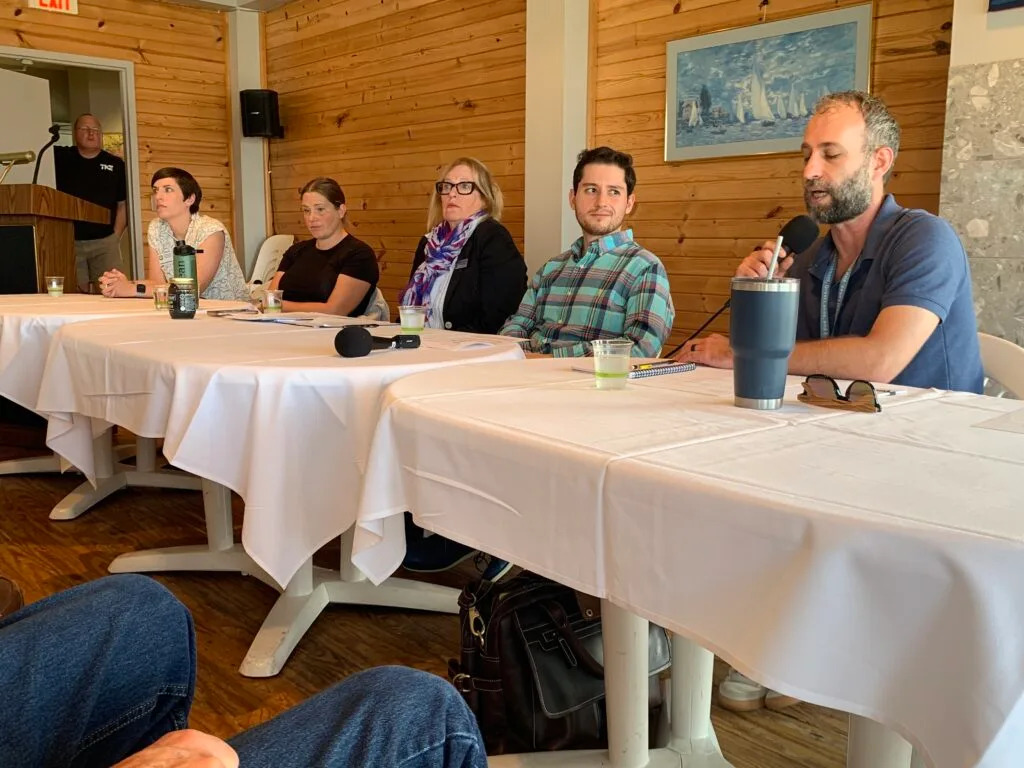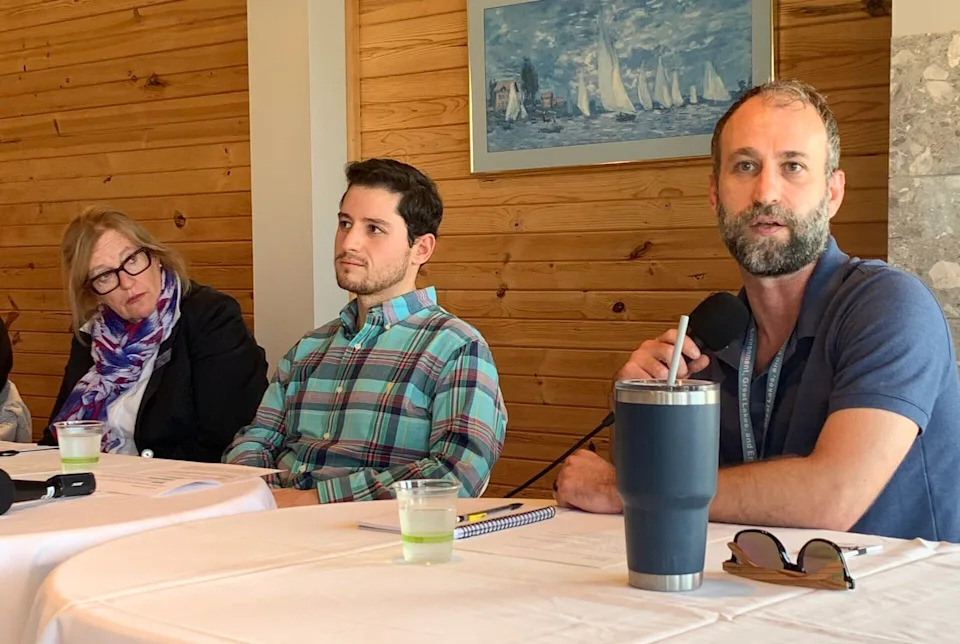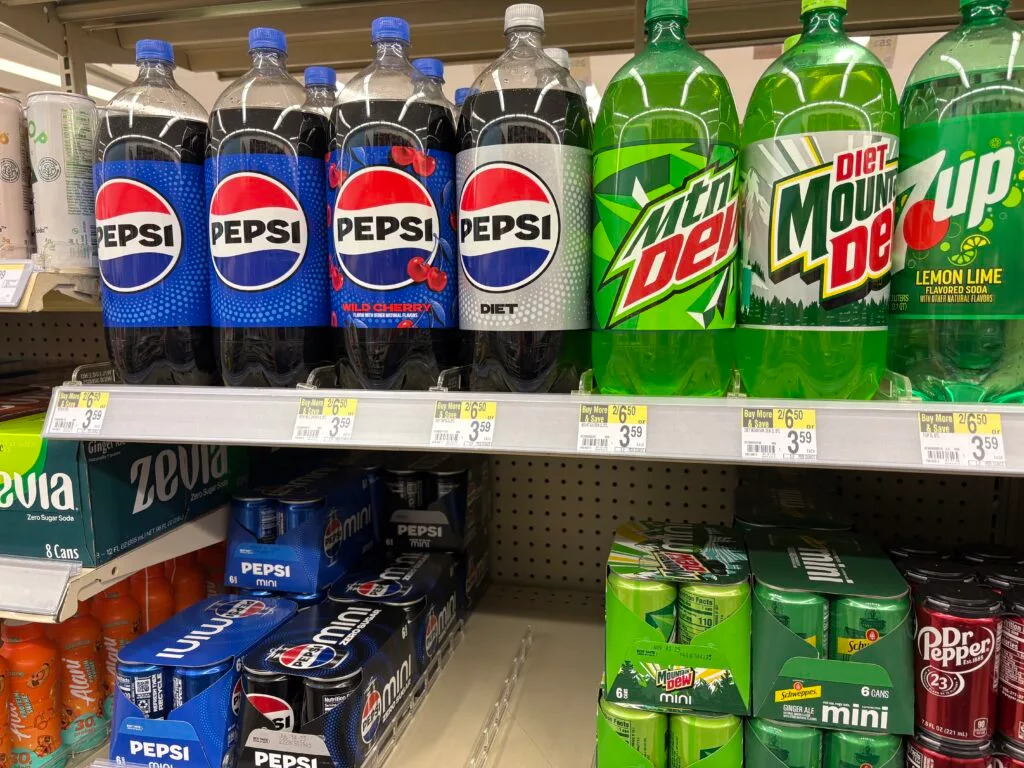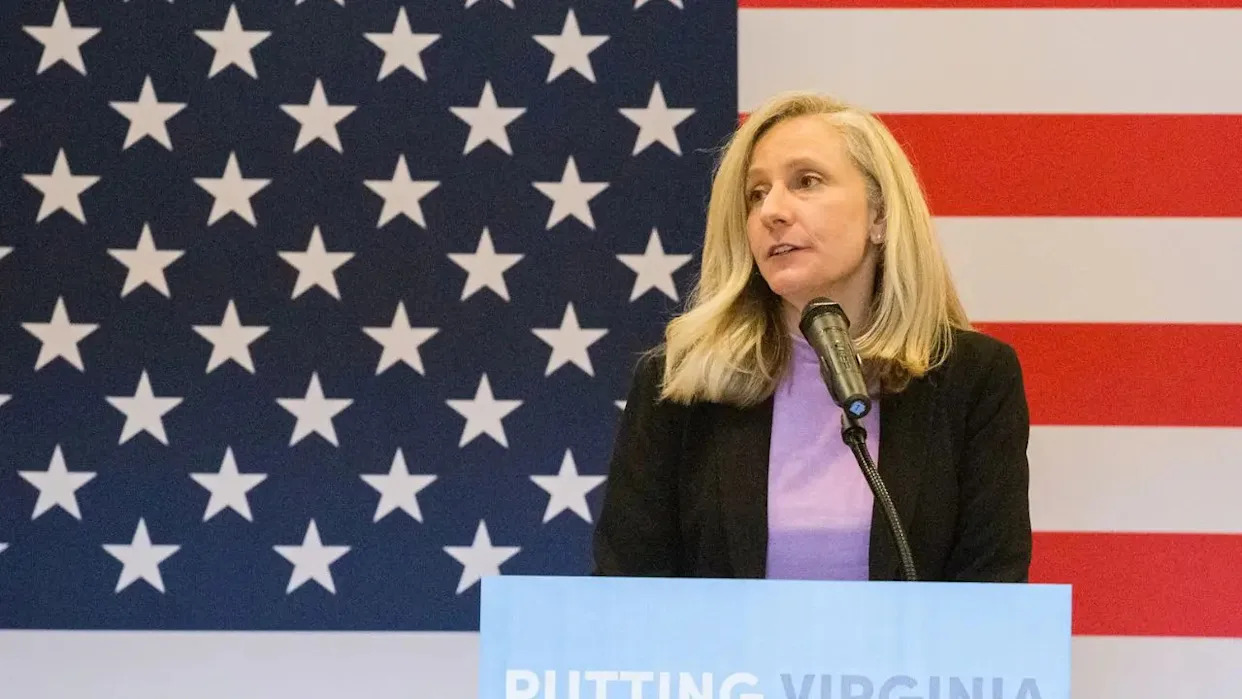
Inland lakes panel discussion at Portage Yacht Club in Pinckney. July 28, 2025. Pictured left to right: Melissa DeSimone, Executive Director of Michigan Lakes and Streams Association; Charlotte Jameson, chief policy officer for the Michigan Environmental Council; State Rep. Jennifer Conlin (D-Ann Arbor Charter Township); Stat Rep. Noah Arbit (D-West Bloomfield); and Jeff Pierce, district supervisor of EGLE’s Water Resources Unit. | Photo by Leah Craig/Michigan Advance
With over 11,000 inland lakes, Michigan’s waterways are a central part of the state’s ecology, economy, and identity. And yet they’re also a growing source of concern. In response, state Representatives Jennifer Conlin (D–Ann Arbor Charter Township) and Noah Arbit (D–West Bloomfield) assembled a panel of environmental experts Monday to address community concerns and launch a broader conversation about lake stewardship.
The panel of experts consisted of Melissa DeSimone, executive director of the Michigan Lakes and Streams Association, the Michigan Environmental Council’s Chief Policy Officer Charlotte Jameson, and Jeff Pierce, the district supervisor for the Water Resources Division of the Department of Environment Great Lakes, and Energy.
Conlin and Arbit have formed what they’ve dubbed the “inland lake caucus” – a title originally stemming from a lighthearted rivalry over which state House district has more lakes.
SUBSCRIBE: GET THE MORNING HEADLINES DELIVERED TO YOUR INBOX
Arbit explained that Monday’s forum was meant to emphasize “local lakes and local voices.”
In May 2025, Conlin was one of the twelve state representatives to sponsor House Bill 4499, a pilot program to assess the effects of PFAS on individuals and the environment. The bipartisan effort also establishes funding to support research and testing related to PFAS exposure. Conlin said she also attended the Great Lakes State Legislative Council conference in Milwaukee.
The community forum, however, was not overly concerned with PFAS and microplastics, with comments instead focused on algae, drawdowns, boating restrictions, and dams.
One homeowner elaborated extensively on the “green slime” that was growing in the water near her home. The expert panel explained that the substance was most likely algae.
The growth of algal blooms is often precipitated by increased phosphorus levels in the water, as phosphorus enhances vegetation growth.
Algal blooms are nothing new for the Huron River Chain: The 2024 Annual Report found that there were high levels of phosphorus in Little Portage, Base Line, Tamarack, and Whitewood lakes. Indeed, reports from 2020 through 2024 indicate that most of the lakes in the Huron River Chain have had consistently elevated phosphorus levels over the past five years.

The expert panel explained that there’s no quick solution for algae growth, and Pierce urged citizens to “not take this into their own hands.”
Residents were quick to point out that the heightened phosphorus levels are undoubtedly the result of lawn fertilizers.
“All you have to do is look around in the surrounding areas around Portage Lake and the canals and so on to see the pollution and what’s going on,” said Portage Lake resident Ty Cathy. “We’re not supposed to put anything in the lake, and most people are taking good care of it.”
Melissa DeSimone confirmed that position, noting that it’s important to limit the amount of fertilizer.
“If you’re adding phosphorus to a freshwater ecosystem, you’re going to get algal blooms, you’re going to get weed growth, you’re going to get all sorts of really concerning water quality issues,” DeSimone said.
In April 2024, Hamburg Township passed an ordinance prohibiting the use of fertilizer within 50 feet of lakes or streams. However, residents noted that some lakeshore homeowners aren’t adhering to this guideline.
And yet, as Cathy pointed out, fertilizer trucks are a frequent sight around the lakes.
“And for some reason, our neighbors are not saying anything to our fellow neighbors,” he added. “I wish we could get that message across, and we need a little pressure on some of these people not to fertilize.”
The other pressing issue was the drawdown date. A drawdown is the intentional lowering of a lake’s water level, conducted seasonally and mandated by local courts. Traditionally, the drawdown is slated for mid-October, though Portage Lake residents were informed that this year’s drawdown would begin on October 1.
Drawdowns are an essential aspect of lake maintenance, providing an opportunity for aquatic weed control, shoreline repairs, flood prevention, and improvements to wildlife habitats. For lakefront homeowners, drawdowns mean limited lake access.
The primary issue is the nature of October itself. Some residents protested the earlier drawdown, citing the past few years as being unseasonably warm. Others pointed to previous Octobers when the lakes froze over. In short, determining the right time to lower the water is complicated by Michigan’s unpredictable climate.
Additionally, as DeSimone emphasized, the drawdown date is not mandated by environmental organizations, state environmental officials or the state Legislature, but rather by local courts.
Many lakeshore homeowners are resistant to change, often operating under the belief that if something has worked in the past, there’s no reason to alter it. However, as the Michigan Environmental Council’s Jameson outlined, the environment itself is changing.
“In Michigan, we have a steadily increasing amount of precipitation, and extreme storms are impacting how we manage our lakes and how we protect the wildlife that is also dependent upon the lakes,” Jameson pointed out. As a result, she explained, these factors must be taken into consideration.
“I get we’ve been doing certain things certain ways for a long time,” Jameson added. “But things change, and we have to adapt.”
Environmental changes aren’t the only shifts impacting inland lakes.
Many homeowners expressed dissatisfaction with the research and survey process, their chief grievance being the lack of substantive answers to their concerns.
Such endeavors are typically a joint effort between state and federal funding. In March, the Trump administration announced that it was cancelling $1.7 billion in grants aimed at improving water and air quality. The cuts to environmental funding at the federal level mean that states are left scrambling to make up for lost funds.
Conlin and Arbit plan to host a second forum– this time in Arbit’s district– on Monday, August 4.






Comments